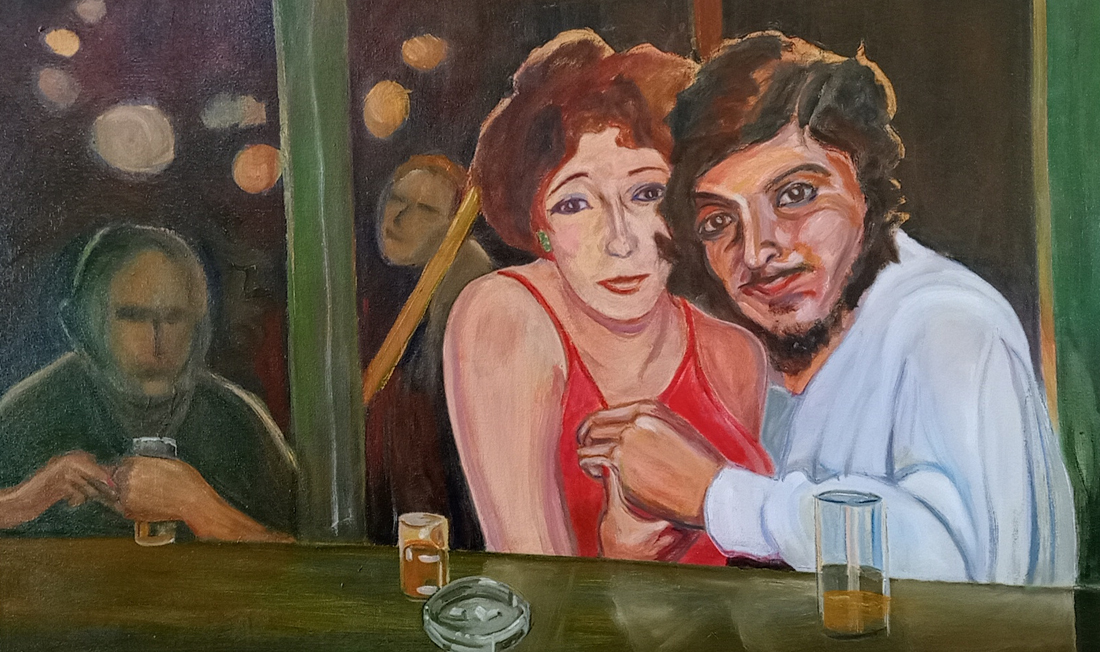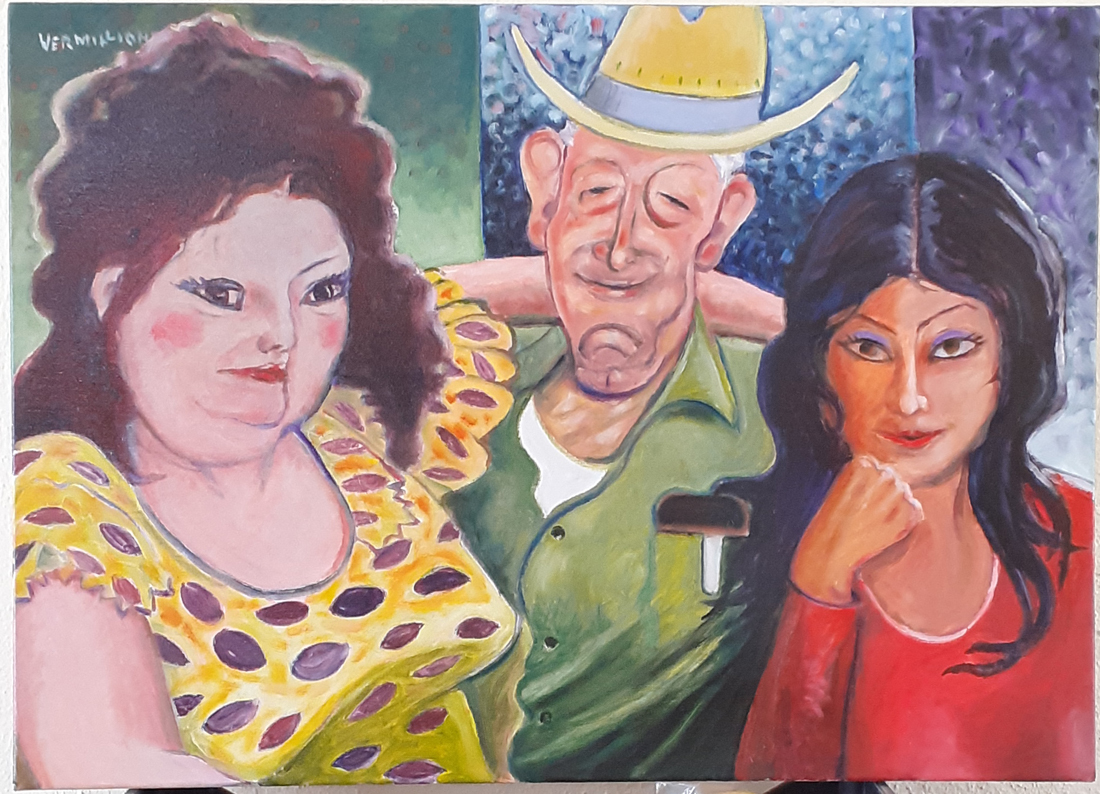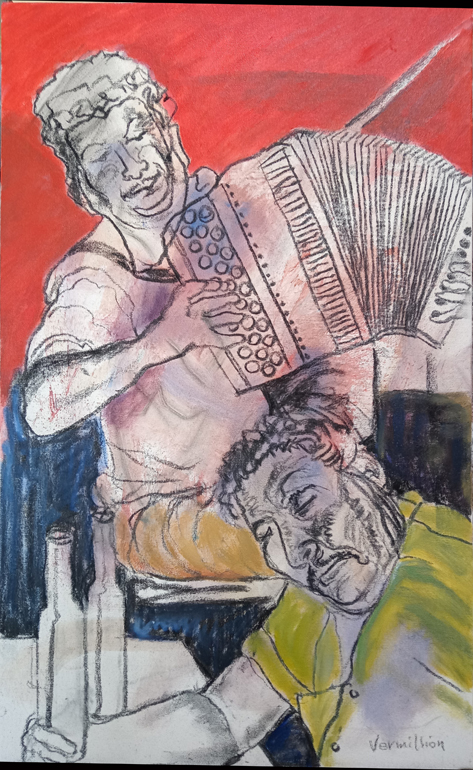
by Henry Vermillion
A hundred and fifty years ago Toulouse Lautrec and Degas painted now famous scenes of Parisian nightclubs and bordellos. The feminist Germaine Greer reminded us that Titian, Picasso and many, many other respected artists painted prostitutes as models, and concluded that "Prostitution and painting go hand in hand." In Bellas Artes in Mexico City, Clemente Orozco painted some of the strongest realities of the world's oldest profession.
The unromantic reality in Mexico is that prostitution is legal in 13 states. Along the U.S.-Mexican border, the word "Boystown," refers not to the old Spencer Tracy film about a boys' orphanage, but to the six or seven Mexican border towns with areas set apart for prostitution, usually places away from the town itself. In México, they're called "zonas de tolerancia" or "Zona Roja".


Having grown up in Texas and later having been stationed in the Army in Austin, I knew about the Mexican Boystowns. Years later, after having left Texas, in a used book store I was surprised to find a book with that title. It was full of photos all taken by the ubiquitous cameramen in the bars and clubs there. They quickly develop the pictures and sell them to the cowboys and college kids there as souvenirs. I recently made a series of drawing from the photos and now have made a dozen or so paintings from them, and plan to exhibit them in SMA in July and August.
Of course, these places are far from the glamourous images of the dance halls in Montmartre Lautrec left us (though Boystown clubs always had live music and, sometimes, showgirls), but they are still a gritty human record of a certain time and place.

www.henryvermillion.com
**************

Henry Vermillion was born in El Paso, and grew up in small towns in Texas and New Mexico. He graduated from the University of New Mexico in Albuquerque, with degrees in English literature and biology. He studied Social Work in the MSW program at the University of Texas in Austin.
He is a U.S. Army veteran. In Raleigh, North Carolina, he was president of the non-profit Wake Visual Arts Association. In 1995, he was awarded the Raleigh Medal of the Arts.
In November of 1992, Henry, his wife Britt Zaist, and five other painters opened the co-op Galeria Izamal, which, until its closing in January of 2022, was San Miguel's oldest art gallery.
**************
*****

Visit SMA's Social Network
